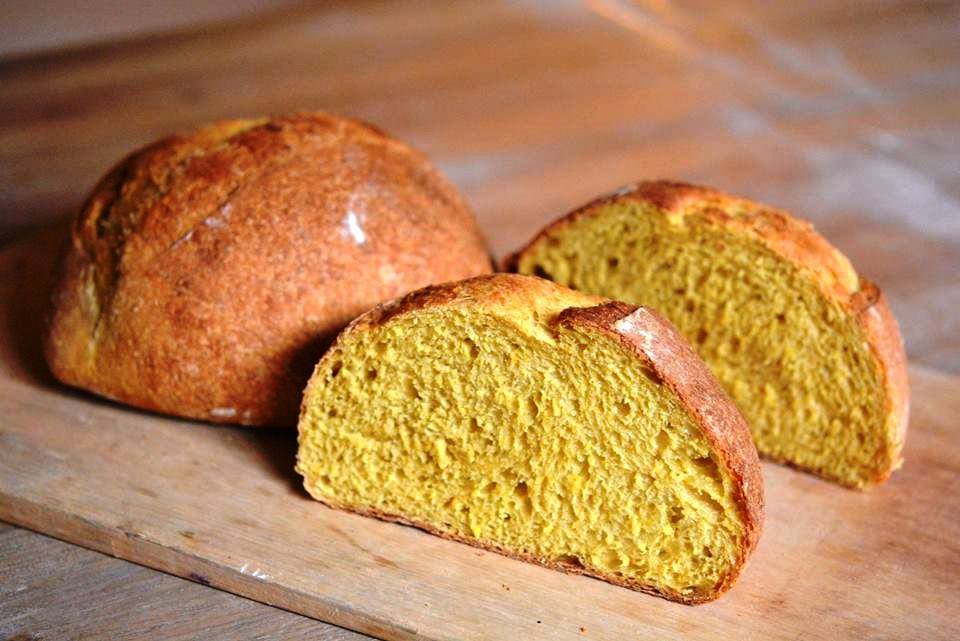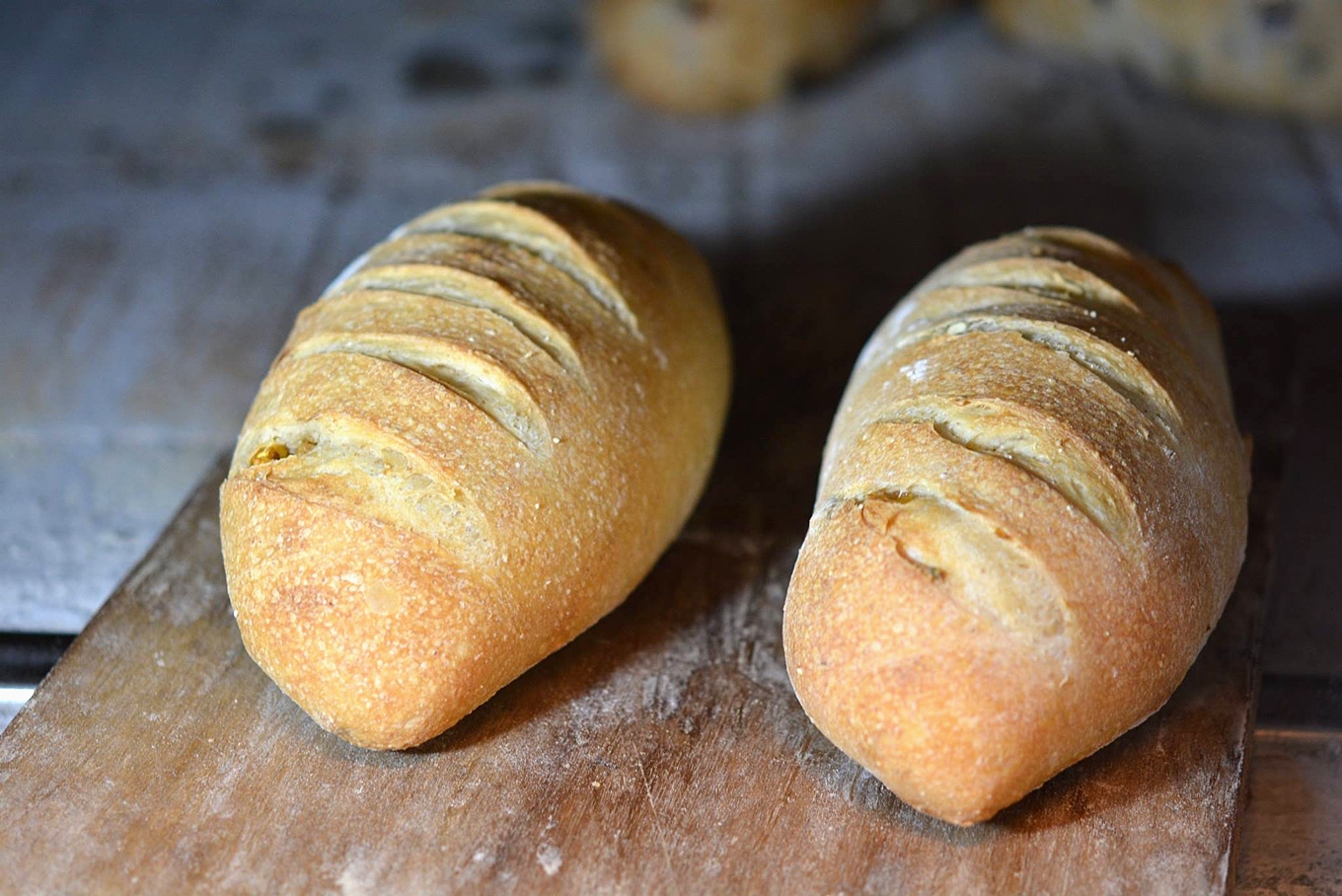The baker honestly doesn't think autotrophic yeast is better, but I like it better.
Share2.5K + 12 Tweet EmailShares 2.5K
Recently, I had the honor to have a chat with one of the biggest promoters and supporters of Taiwan's baking industry. When I talked about commercial yeast and autotrophic yeast, I felt that the message on Facebook would not be pleasant. I made an appointment to meet again one day.
There will be a lot of talk on the topic of commercial yeast and autotrophic yeast, some in the industry think that the former is good, and some think the latter is good, and this endless debate makes it difficult to clarify.
As for me, neither the former nor the latter, I am a bystander. Natural species, one is a complicated group, the other is a simple population, which is superior or inferior, it simply cannot be compared. Like a pile of oranges and a pile of fruit, how to compare?
Commercial yeast strains propagate stably and in large quantities for baking.
In fact, the choice of which yeast to use to make bread is mostly made by the staff according to the preferences of the guests. Consumers often understand passively and have little knowledge. There will be a debate about whether yeast is natural or not.
Yeast is both biological and, of course, natural, and there is no hassle of genetic modification or breed improvement. In the early years, commercial yeasts, some dry and some fresh, were sold on the market. These yeasts were selected by yeast companies as a single excellent (fermentative and stable) yeast strain in the environment they created (culture medium, that is, yeast nutritious food), and then multiplied to make powdered or bulk products that are convenient for transportation, preservation and use.
Commercial yeast is the result of the discovery of bacteria by German scientist Pasteur (before he discovered it, all bakers had to induce and continue to grow yeast themselves). Pasteur explained why bread is fermented and swollen, that is, the yeast in autotrophic yeast, while autotrophic yeast also has acetic acid bacteria, lactic acid bacteria and other bacteria.
Commercial yeast is the single strain of yeast with the strongest activity and stability selected from the autotrophic yeast, and then propagated in large numbers and provided to the baker. This process had a great impact on the baking industry. it allowed bread to be produced in large quantities, coupled with preservatives to solve the problem of mildew in transportation and preservation, and then many bread factories appeared. in the past, bakeries were all regional and are now made by the chefs.
Autotrophic yeast brings flavor and attracts retro return
When commercial yeast has gradually become the mainstream of bread baking, many regional buns still insist on using autotrophic yeast, pursuing not quantity but flavor, and a little pride in using autotrophic yeast technology.
In recent years, it has become fashionable to retro the use of autotrophic yeast to make bread, because some bakers and baker's lovers (this is the main force, there will be a change in demand) are tired of commercial leavened bread with a little medium flavor. autotrophic yeast bread in pursuit of more flavor changes, coupled with the result of some attractive and even frightening words in marketing.
At present, there are three kinds of yeast at the beginning of the market, and the modern old noodles are different from those in ancient times.
As mentioned earlier, where there is demand, there will be market changes. In response to market demand, yeast companies have also launched natural yeast, that is, mass production of their self-raised yeast into a form that is easy to transport and use.
However, there are too many original populations, which makes it difficult for ordinary bakers to operate, and some yeast companies simplify the population of bacteria in autotrophic yeasts, and some simply add some other selected strains and acetic acid bacteria to the previous single-strain yeasts. Lactic acid bacteria, not only increase the flavor, but also reduce the difficulty of operation.
Therefore, there are three kinds of commercial yeast on the market: commercial yeast with single strain, commercial natural yeast with multiple bacteria, and autotrophic yeast with complete flora.
Another trick for the baker is to use the commercial yeast to imitate autotrophic yeast one day, first beat the dough and refrigerate it to prolong the fermentation time, and then add the dough he wants to make the next day to increase the flavor and reduce the amount of commercial yeast used that day. Most of this kind of noodles will be called old noodles (the modern old bread is different from the old noodles in ancient times. The old noodles of Shang yeast is still commercial leaven and will not become multi-bacteria, because that strain is the most powerful, and other yeast strains in the environment cannot compete with it. Natural selection.
Yeast has no advantages or disadvantages, only choice.
At the beginning, I chose to use only autotrophic yeast instead of commercial yeast. in addition to challenging the difficulty of operation, I also had an inexplicable worship and love for autotrophic yeast, and often looked down on commercial leavened bread without knowing it, just as San Francisco people were proud of San Francisco sour bread. it is emphasized that the bread made with autotrophic yeast has an attractive sour smell, especially the San Francisco acid bacteria unique to their Bay area. It is also a unique source of flavor that they are proud of.
As you get older, the longer you get in contact with yeast, you read more materials, you do more, and after you feel more, your sense of superiority to autotrophic yeast has disappeared in the early years. If you ask me which one is good, I will say, "there are no pros and cons, only choice."
The motivation of bakers is to make bread that guests like and treat guests well. Guests are our first priority. The so-called conscience is just to be worthy of guests. It's simple and difficult! Therefore, which kind of yeast to use depends on the taste that the guest likes or the goal that the baker wants to pursue. It's good to mix the two (as is the case in France).
But why do I insist on using only autotrophic yeast? That is my belief, because I believe that using ancient methods combined with modern machines should be able to make the bread that guests like. I don't pursue mass production or scientific management. I want to cook as skillfully but somewhat casually as my mother or my mother. I feel that the dishes made by my mother do not have accurate weights and measures, nor can I go on the stage and make the same flavor immediately after two temporary lessons. It's a concept of making food with your heart.


Share2.5K + 12 Tweet EmailShares 2.5K
- Prev

Uncle can be auctioned?! The crisis of Social and Cultural loss in Meinong
Uncle can be auctioned?! The crisis of Social and Cultural loss in Meinong
- Next

Taiwan's first gold medal village has started running ~ county and city governments have started gold medal rural GOGOLD one after another!!!
Taiwan's first gold medal village has started running ~ county and city governments have started gold medal rural GOGOLD one after another!!!
Related
- A course of planting techniques and methods on how to grow carrots
- How to plant the latest tulips?
- Is it better to pick tea in the morning or in the afternoon? When is the best time for tea to be picked? what is the third or fifth tea?
- Launch Yuanxiao Happy combination Haocha + Tea Yuan healthy Taste
- Penghu Tourism "Fireworks 20 Parade with You"
- 2022 West Lake Happiness holds "Digital Revitalization Voucher" and draws iphone13 and laptop.
- Banqiao Fuzhou social houses are designed to change start-up combined with police elimination to create a safe and livable environment
- The convenient measure of "mechanical weeding" in Xinbei has been abused and the Agriculture Bureau has imposed heavy penalties on the illegal land consolidation.
- Changgeng University Joins Hands with Four Memory Factories to Rescue Memory Talent Shortage
- The list of Taiwan's top 100 MVP managers is listed by the Director-General of the Farmers' Association of Sanxia District.

